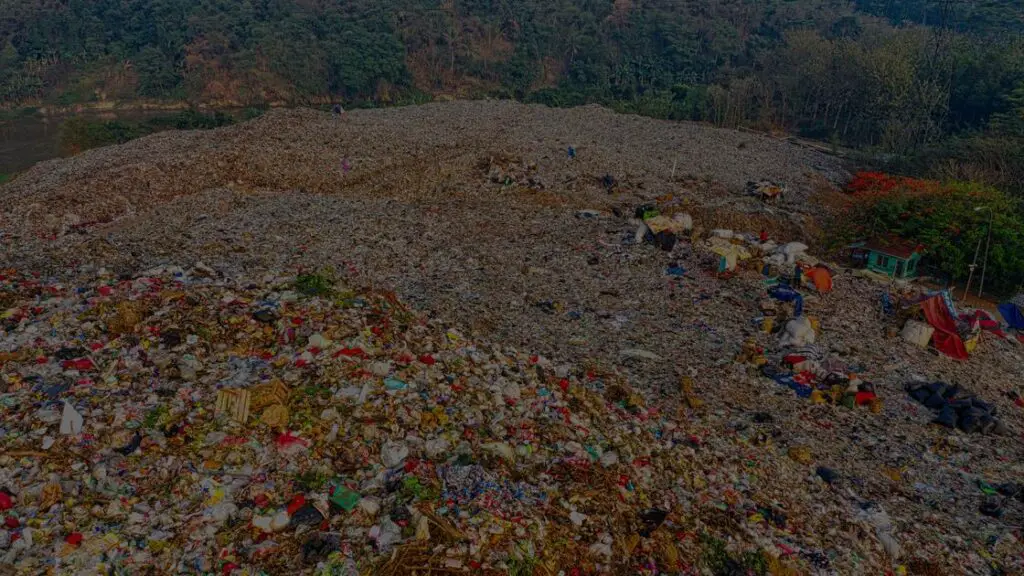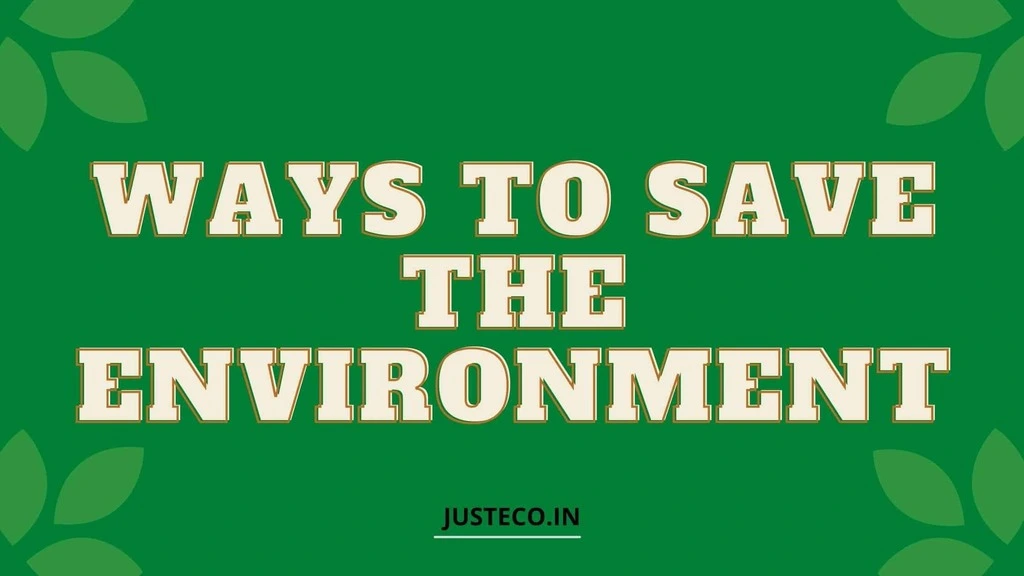Conventional wisdom says waste is a uniquely human phenomenon. It’s not — other living organisms also produce it, like manure, dead foliage and eggshells. The difference is human activities generate inorganic waste, which is anything that doesn’t come from animals or plants and can take forever to decompose. The waste industries produce is so considerable it’s making the planet too warm for comfort. Agriculture, a significant driver of climate change, is exhibit A.
Waste is an unavoidable consequence of modern civilization. The world must manage it well to minimize the impact of human activities on the planet and its inhabitants. The first step toward proper management is knowing the difference between hazardous and non-hazardous waste.
What is Hazardous Waste
In the United States, the Resource Conservation and Recovery Act of 1976 considers a waste material hazardous when it’s ignitable, corrosive, reactive or toxic.
Ignitable wastes can catch fire without warning, burst into flames under certain conditions or have a flash point of less than 140 degrees Fahrenheit — or 60 degrees Celsius. Examples include acetone, kerosene, diesel fuel and other combustible liquids.
Corrosive wastes are bases and acids capable of damaging metal containers. Battery acid, alkaline degreasers and wastewater treatment chemicals belong to this group.
Reactive wastes are unstable at average temperatures or pressures. When mixed with water, heated or compressed, they can explode, emit harmful gases, fumes, vapours or explosive mixtures, or go through violent reactions. Dynamites, pyrotechnics and blasting agents fall into this category.
Toxic wastes are fatal when absorbed or ingested. They contain one or more contaminants checked during the Toxicity Characteristic Leaching Procedure. The The list comprises organic compounds, such as benzene, chlordane, cresol, lindane, pyridine and vinyl chloride, and metals, including arsenic, cadmium, lead and mercury.
Mismanaging hazardous waste materials has adverse ecological effects. Contamination can kill an area’s flora and fauna, compromise animals’ reproductive abilities or limit an entire ecosystem’s survival over the long term.
For instance, the Deepwater Horizon oil spill off the Gulf of Mexico in 2010 resulted in about 114,000 bird, sea turtle and marine mammal deaths.
Ignitable, corrosive, reactive, and toxic wastes threaten the health and safety of human populations. For example, lead exposure can affect the brain and nervous system, jeopardizing growth and development and causing learning and behavioural issues. In Illinois alone, 3,070 children aged 1-5 tested positive for having high blood lead levels in 2022.
What is Nonhazardous Waste
Waste is nonhazardous when it’s not ignitable, corrosive, reactive or toxic. Still, it can become hazardous when contaminated. For example, asbestos can render safe roofing shingles a health hazard.
Businesses are massive waste generators. What they produce varies by the nature of their operations. Hotels and restaurants are synonymous with large quantities of food scraps and packaging materials, while construction companies are more likely to leave behind discarded wood and metal items. Antifreeze, ash, grinding dust and sludge are common waste materials from industrial activities.
Nonhazardous materials are subject to management guidelines to ensure they don’t harm the human population and the environment after disposal. Otherwise, they can injure or kill.
Plastic pollution is a solid case in point. Mishandling has caused it to wind up in the sea and reach far-off uninhabited areas. About 14 million tons of plastic end up in the ocean yearly. One of them is ghost gear — lost or abandoned fishing equipment — trapping approximately 650,000 sea creatures every year until they die.
Current Business Practices
The business sector is one of the guiltiest parties in the world’s waste management problem. Despite environmental regulations, many organizations choose to dispose of their trash illegally. Corporations face heftier fines than individuals if caught, but repeat offenders prove penalties are too cheap.
Take Target as an example. The retail giant received accusations of improper toxic waste disposal more than 300 times in landfills from 2001 to 2009. For the same alleged violations committed in California between 2012 and 2016 involving 2,038 hazardous materials, including aerosol cans, compact fluorescent light bulbs, electronics, prescribed pharmaceuticals and syringes, Target agreed to settle with state prosecutors for only $7.4 million.
If the cost to properly handle waste — hazardous or not — exceeds the penalty for breaking the law, most enterprises will take the economical route.
The linear business model is the root of all waste management problems. This system promotes extracting and manufacturing products with virgin resources without considering recyclability. This results in businesses buying newly mined or harvested raw materials to mass-produce goods that ultimately wind up in the environment as waste.
The linear economy is the standard because systems are in place to source new resources at affordable costs. Organizations participating in it get to keep their expenses low and maximize profits. Governments encourage this business model for the sake of economic growth. A vibrant economy attracts investors, creates jobs and puts more money into people’s pockets that can reenter the economy.
Sustainability has only recently been high on the agenda of many governments and corporations. The environmental problems the linear model brings have become too inconvenient to ignore.
Because of this, circularity is gaining traction. The alternative circular economy is about reusing anything possible to minimize waste and greenhouse gas emissions.
Eco-Friendly Business Practices for Hazardous and Nonhazardous Waste Management
Managing hazardous and nonhazardous materials starts with waste minimization. The circular business model emphasizes the importance of consuming no more than necessary and reusing resources whenever possible. Corporations must forecast demand better to avoid ordering surplus supplies and lay off single-use items.
If reducing consumption and reusing goods aren’t possible, concentrate on recycling. Sourcing recyclable materials and finished products means they can get new leases on life and not congest scarce landfill space. A robust recycling sector helps diversify supply chains and make high-value products whose raw materials can be costly when newly extracted — like lead-acid car batteries, consumer electronics and residential roofs.
Composting is one of the most eco-friendly management methods for organic waste. Turning vegetable and fruit scraps, coffee grounds, paper tea bags, crushed eggshells and wool products into valuable fertilizers is an environmentally responsible way to handle garbage.
In the U.S., many municipalities have composting programs where community members can drop off organic items at no cost.
After recycling and composting, the next preferred waste management methods are energy recovery, treatment and disposal. Understand local regulations to handle nonreusable and nonrecyclable items legally.
The Business Case for Eco-Friendly Practices
Sustainable waste management is the most impactful corporate social responsibility initiative any company can pursue today. Eco-friendly practices align economic goals and environmental targets. Adopting circular business policies can reduce operational costs, boost revenue and generate good press when done correctly.
Consumer demand and government regulations play vital roles in promoting eco-friendly waste management methods, but socially responsible organizations should take the lead to stay ahead of the curve.
Author Bio
Jack Shaw, senior editor of Modded, is a respected authority on industry and business strategies. With a deep understanding of supply chains and a talent for breaking down complex concepts into easily digestible insights, Jack’s articles offer a fresh perspective on current trends and processes in sustainability.




